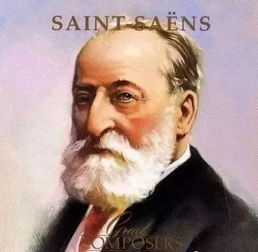
Saint Leo the Great: A Multidimensional Introduction
Saint Leo the Great, known for his profound influence on the Roman Catholic Church, was a remarkable figure in history. Born in Rome around 400 AD, he became the Bishop of Rome in 440 and served until his death in 461. His legacy is vast, encompassing theological, political, and cultural dimensions. Let’s delve into the various aspects of his life and achievements.
Early Life and Ascension to the Papacy

Saint Leo was born into a noble Roman family. His father, Anicius Aurelius Simplicianus, was a prominent senator, and his mother, Maria, was a pious Christian. Raised in a Christian household, Leo developed a deep devotion to his faith. His education was rigorous, and he became well-versed in Latin, Greek, and theology.
After the death of Pope Sixtus III in 440, Leo was elected as the Bishop of Rome. His papacy was marked by significant challenges, including political turmoil and theological disputes. Despite these obstacles, he emerged as a strong leader, guiding the Church through turbulent times.
Theological Contributions

Saint Leo’s theological writings have had a lasting impact on the Roman Catholic Church. One of his most famous works is the “Tome of Leo,” a defense of the Church’s position on the nature of Christ. In this document, he argued that Christ was both fully divine and fully human, a doctrine that would become central to Christian theology.
Another significant contribution was his defense of the Church’s authority over the state. In the “Sicarius” letter, he declared that the Pope had the power to depose heretical emperors. This assertion of papal authority would have profound implications for the relationship between the Church and the state in the centuries to come.
Political Influence

As the Bishop of Rome, Saint Leo played a crucial role in the political affairs of his time. He was a mediator in the conflict between the Eastern and Western halves of the Roman Empire, working to maintain unity and peace. His efforts were particularly evident during the reign of Emperor Valentinian III, who was a minor and needed guidance.
One of his most notable achievements was his intervention in the Council of Chalcedon in 451. The council was convened to address the growing controversy over the nature of Christ. Leo’s influence was instrumental in shaping the council’s final decision, which would become the defining doctrine of the Roman Catholic Church.
Cultural Impact
Saint Leo’s papacy also had a significant cultural impact. He was a patron of the arts and sponsored the construction of several important buildings in Rome, including the Basilica of Saint Peter. His efforts to promote the arts and architecture helped to shape the cultural landscape of the city.
Additionally, Leo was a strong advocate for education. He founded several schools and libraries, ensuring that the next generation of Christians would be well-equipped to carry on the Church’s mission.
Legacy
Saint Leo the Great’s legacy is a testament to his remarkable intellect, leadership, and dedication to his faith. His theological writings, political influence, and cultural contributions have had a lasting impact on the Roman Catholic Church and the world at large.
Today, he is celebrated as one of the Church’s greatest saints. His feast day is observed on November 10th, and his relics are preserved in the Basilica of Saint John Lateran in Rome.
| Year | Event |
|---|---|
| 400 AD | Born in Rome |
| 440 AD | Elected Bishop of Rome |
| 451 AD | Attended the Council of Chalcedon |
| 461 AD | Died in Rome |





